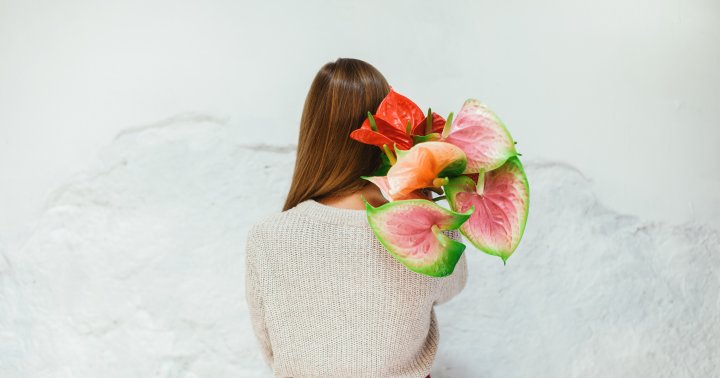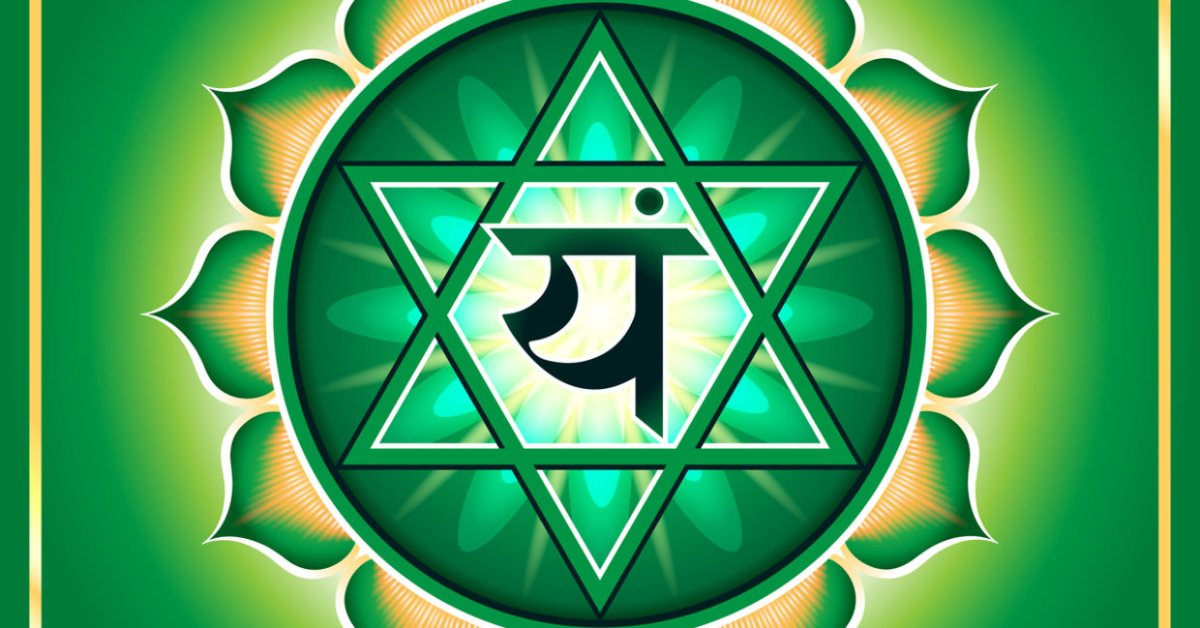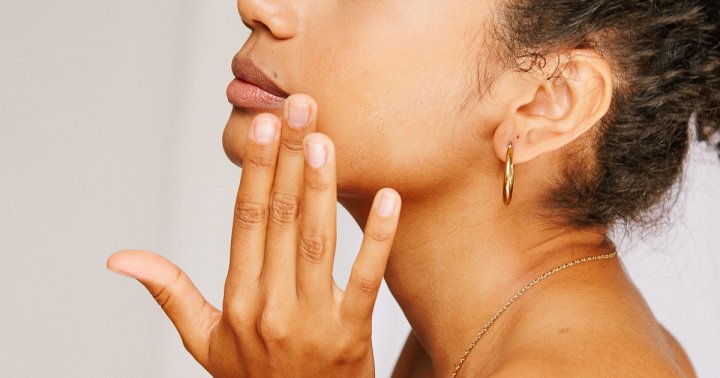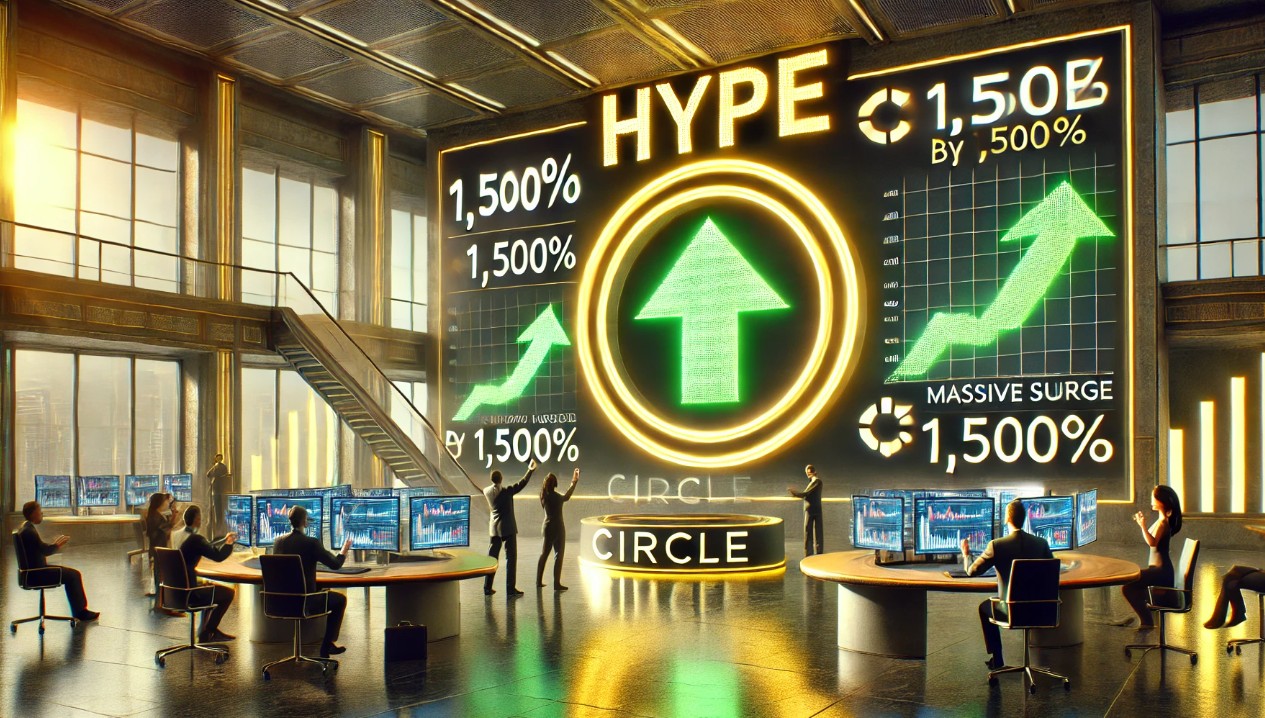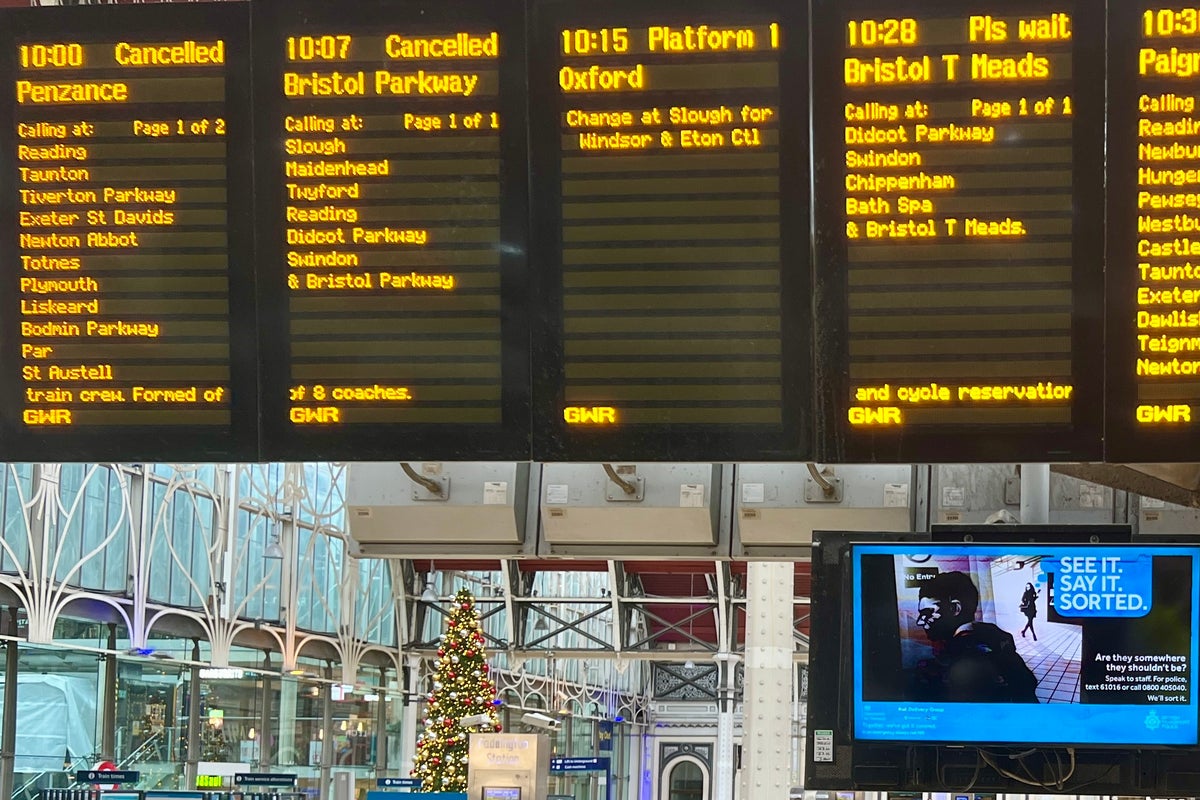The Sudden Beauty of Seeing
Fall weather is upon us in the Midwest, a welcome reprieve from the relentless summer heat. These days are gorgeous. That phrase has been playing through my mind lately, so naturally, when I found myself in my driveway at...


Fall weather is upon us in the Midwest, a welcome reprieve from the relentless summer heat. These days are gorgeous.
That phrase has been playing through my mind lately, so naturally, when I found myself in my driveway at the same time as my neighbor, that’s what I said.
These days are gorgeous.
She nodded solemnly and said, “Yes, but they are just a reminder of what comes next—winter.”
Now, she wasn’t wrong, and she’s free to interpret the season’s change however she chooses. But our pithy conversation got me thinking.
She’s missing the here and now.
She’s not fully seeing the beauty in these autumn days because she’s focusing on the pending winter.
Writer Robert Grudin coined the term “the sudden beauty of seeing.” It’s a phase I’m constantly drawn to because it’s how I want to live my life.
I want to journey through life truly seeing and experiencing what is in front of me. Mind grounded in the moment—available to soak it in, observe it in detail and linger in it—instead of contemplating what’s next, what was, or what could be.
Each season of our lives has gifts. Anchored in the present moment, we suddenly see them.
If fall surrounds me, I want to be fully in fall, absorbing my 3-year-old’s expression, furrowed brows over long lashes, as he searches the patch for the perfect pumpkin. I want to watch steam drift upward from hot cider, sink my teeth into candied apples, and laugh with my 5-year-old under a cascade of colored leaves.
If winter surrounds me, I want to be fully in winter, twirling beneath the first snowfall, catching flakes on my tongue. I want to glide over the ice with my 9-year-old and sip hot chocolate overflowing with marshmallows.
Whatever the season, I want to show up for it.
In our fast-paced world teeming with distractions, truly seeing is a practice. But it’s one worth embracing.
Because to experience the sudden beauty of seeing, to be truly present to the moment, is to experience life to the fullest.
Here are 7 ways to experience the sudden beauty of seeing:
1. Observe yourself
If you gave yourself a percentage for how present you usually are, what would it be? Are you present 50% of the time, 75% of the time? Does that number align with what you’d like it to be?
I’ve found that fear is one of the most powerful forces that blurs the present moment. When we’re worried about what could happen, our vision of what truly is happening is dulled.
Only 9% of what we worry about actually happens (91% doesn’t). Begin observing (not judging) yourself, and catch yourself worrying about the future instead of being present. Use a grounding tool like deep breathing or describing your surroundings to experience the sudden beauty of seeing.
2. Practice affirmations
Affirmations are one of the most over-discussed, but under-used tools for maintaining presence. In his book, What to Say When You Talk to Yourself, Shad Helmstetter said, “Whatever you put into your mind, in one way or another, is what you get out.”
In short, if you believe you can stay present to the moment and tell yourself you will, then you will! Whatever you focus on will grow, including your mindfulness to the moment.
Use affirmations to change your inner script. Begin uprooting thoughts like “I’m so distracted.” Or, “I feel like I can’t catch up with my life.” Begin telling yourself things like: “Wherever I am, I am fully there.” Or, “I am present and observant.” Or, “I notice the details of my life and give thanks for them.” Write out the affirmations, post them up, and repeat them often.
Changing your inner narrative with affirmations will free you to experience the sudden beauty of seeing.
3. Become curious
Writer Cory Muscara said, “Your mind doesn’t wander, it moves toward what it finds most interesting. To improve focus, become curious about what’s in front of you.”
When we become curious about our surroundings, we suddenly see them. Begin asking internal questions about what you observe.
This could mean anything from questioning your possessions (why do I own this, anyway?) to questioning how something works or is made. My personal favorite is asking why people (usually our children) do what they do. I absorb the details of others’ lives when working to understand and truly see them.
4. Let go of expectations
If you’ve already determined how things should unfold, you will miss seeing how they actually do. When you’re stuck processing how things should have happened, you miss the sudden beauty of seeing what did.
Control or fear can keep us holding tight to expectations. Instead, tell yourself everything is happening for your good—trusting your needs/desires will be met—and then simply watch. Practice observing and receiving moments instead of controlling or forcing them.
Free yourself from expectations and experience the sudden beauty of seeing.
5. Actively reduce external distractions
External distractions can prevent us from seeing the present moment as much as internal distractions (like fear) can. Phones that we compulsively check are literally rewiring our brains for increased distraction.
Also, excess possessions that claim our time, energy, and attention drain the resources needed to enter into the present moment. In his book Things That Matter, Joshua Becker called excess possessions “litter on the road to purpose.” Excess stuff distracts us from our best life, whether seeking purpose or presence.
He wrote, “Minimalism is an investment in clarity. Mentally, it’s the difference between a lantern and a laser beam.”
Identify your external distractions, and then, to gain “laser-like” focus on the present moment, work ruthlessly to reduce them.
6. Realize this moment is enough
Social media sends the message that the good moments in our lives aren’t good enough unless we capture and share them. Can a beautiful moment—say a sunset—feel complete without photographing it 10 times, testing various filters, numerous angles, and then sending it out to multiple friends and posting it in your stories?
What if the moment is good enough just as it is? Nothing needs to be added or changed to enhance it.
The next time you’re tempted to add to the moment, tell yourself: “This moment is enough. This moment is enough just as it is.” Of course, you can snap a photo if you want to, but you won’t feel compelled to. This mindset will free you to experience the moment deeply with more peace.
7. Slow down your pace
As a Christian, seeing the present moment is vital because that’s where God is. He’s in the “here and now,” not in the “what was” or “what could be.”
In the words of Ann Voskamp, “I want to slow down and taste life; I want to slow down and see God.”
If we live life as an untouchable blur, jumping from task to task, barely surfacing to breathe, we miss our life and also miss our chance to connect with our life’s Creator.
Less rushing, less doing, less juggling creates space. Space for stillness, space to experience the sudden beauty of seeing His gifts, and space to say thank you.
Often, when seeking to make our lives more beautiful, we don’t need more possessions or to go anywhere. We just need to open our eyes wider to what is already around us.
Author Marc Chernoff said, “If you worry too much about what could be, and what might have been, you will ignore and overlook the beauty of what is. Right now is life. Don’t miss it.”
We get one life.
Let’s truly live it, present and open to the moment. Let’s live it, experiencing the sudden beauty of seeing.
***
About the Author: Julia Ubbenga is a freelance journalist and mom of four who documents her family’s journey into minimalism on her blog Rich in What Matters. Her teachings on simplicity and intentional living help others live more meaningful lives with less stuff.

 MikeTyes
MikeTyes 








